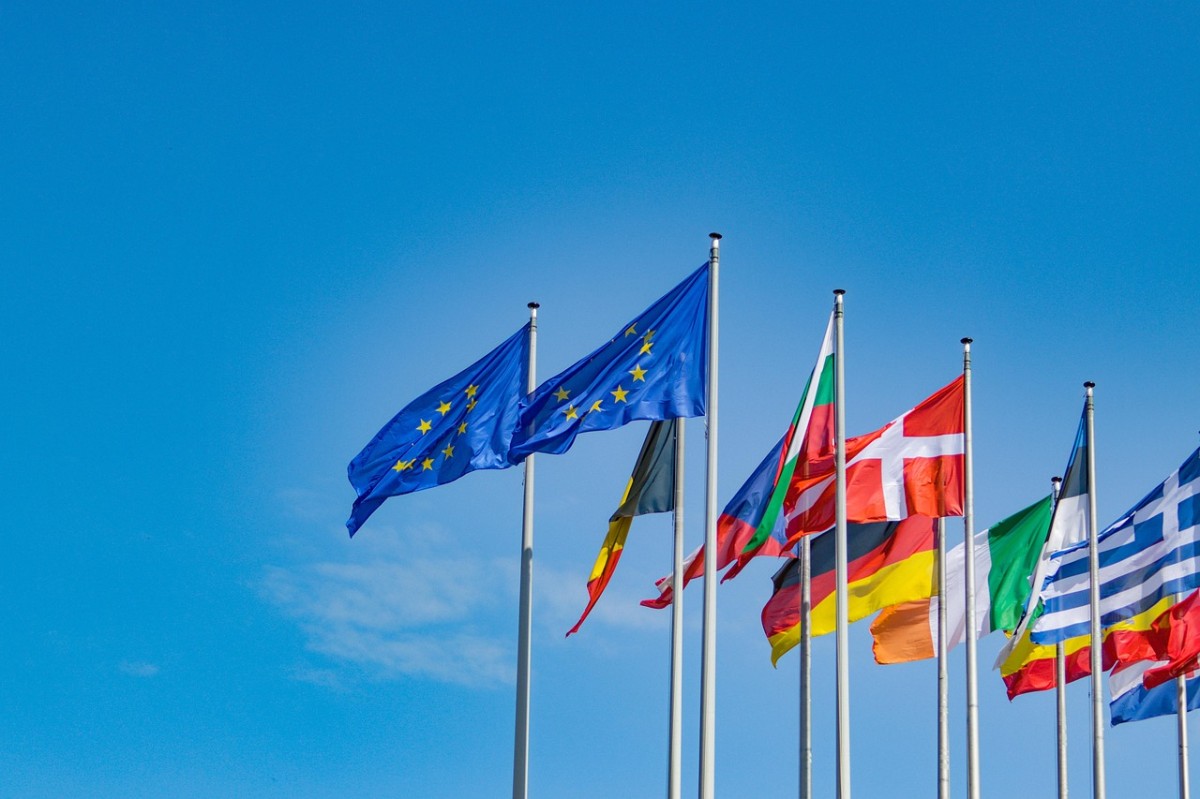The lack of a common definition on the CCS remains a troubling issue for cultural policymakers. The long-standing CCS definition problem is linked with the 'who qualifies as an artist' question and reflects on policy design, including in the upcoming AgoraEU context.
The Danish Presidency took note that member states delegations indeed highlighted the need to clarify a CCS definition in the proposed AgoraEU regulation.
Following this, the Presidency's proposals include to re-introduce the first part of the current definition of Creative Europe (article 2), however omitting the non-exhaustive list of CCS examples, in order to make the definition more future-proof.
In this context, the definition proposed is the following:
‘cultural and creative sectors’ means all sectors:
(a) whose activities, many of which have the potential to generate innovation and jobs in particular from intellectual property:
- (i) are based on cultural values and artistic and other individual or collective creative expressions; and
- (ii) include the development, the creation, the production, the dissemination and the preservation of goods and services which embody cultural, artistic or other creative expressions, as well as related functions such as education and management;
(b) irrespective of:
- (i) whether the activities of those sectors are market-oriented or non-market oriented;
- (ii) the type of structure that carries out those activities; and
- (iii) how that structure is financed'
This approach means that the 'non-exhaustive list' proposed to be omitted would: "include, inter alia, architecture, archives, libraries and museums, artistic crafts, audiovisual (including film, television, video games and multimedia), tangible and intangible cultural heritage, design (including fashion design), festivals, music, literature, performing arts (including theatre and dance), books and publishing, radio, and visual arts;".
Member States' overall positive views on AgoraEU
During their delegations preparatory meetings since September, the member states expressed an overall positive stance over the merging into a single programme of the previous Creative Europe and CERV (Citizens, Equality, Rights and Values) programmes, aiming at harnessing synergy benefits.
Regarding the structure of AgoraEU, proposals by some delegations included to set under one strand the culture and the media axes, while keeping the news separated.
There were proposals arguing for clearer provisions on cross-cutting and horizontal priorities and activities, that should not be at the expense of the other three strands.
Keeping a sectoral support for the music and the publishing sector was also expressed.
Concerns that AgoraEU may weaken current achievements
Expressed concerns highlighted the risk of "diluting the distinct parts and strands of AgoraEU", due to the combination of the integration of current programmes, lack of detail and its name. Such a process would also bring further difficulties to build on the established brand and successes of the current programmes.
The Presidency notes that "some delegations have expressed a desire to change or add to the proposed name of the programme and/or the names of the strands".
Other concerns expressed by member states include foreseeing for flexibility and a future-proof design of the programme, but not at the expense of transparency and predictability.
Simplifying administration burdains and strengthening the gender aspect of the new programme were also highlighted.
Clarifying Member States' involvement in the programme’s implementation
The Presidency's recommendations include the re-introduction of the committee procedure and the programme desks/ contact points of the ongoing Creative Europe.
The committee procedure foresees that work programmes are to be adopted by means of implementing acts and ensuring a role for Member States in the implementation of the programme.
The Programme desks (Creative Europe) to be re-introduced into the operative part of the text and contact points (CERV), are meant to serve to the programme's promotion, while providing advice to potential applicants.
Find more here
Image by Dušan Cvetanović from Pixabay








